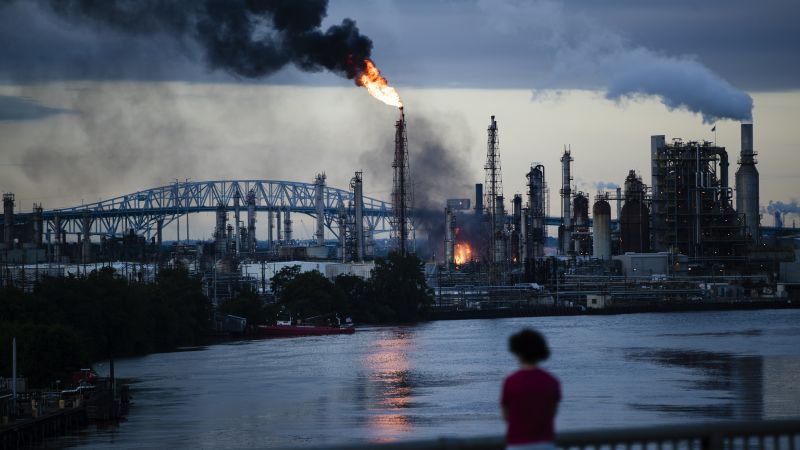In June 2019, a massive explosion occurred at a former oil refinery in Philadelphia, causing panic among workers, including utilities manager Bilal Motley. Multiple explosions followed, with the largest sending a 38,000-pound fragment across the river. The explosion prompted the closure of Philadelphia Energy Solutions, the largest oil refining complex on the East Coast. The incident caused $750 million in property damage and led to the layoff of refinery employees, including Motley.
After the refinery shut down, Hilco Redevelopment Partners won an auction for the property and began cleanup efforts, transforming the once bustling complex into a vacant lot. Plans for redevelopment are underway, but environmental concerns and the timeline for improvements remain uncertain. Local activists and residents affected by years of pollution from the refinery are advocating for a more sustainable use of the land and better community engagement in the decision-making process.
The refinery’s impact on nearby communities, particularly in terms of health issues like cancer and respiratory illnesses, has been a longstanding concern. Data shows that the refinery was a major source of air pollution and released cancer-causing chemicals, contributing to higher rates of asthma and cancer in surrounding neighborhoods. Grassroots groups like Philly Thrive have been organizing protests and advocating for environmental justice in the face of ongoing pollution.
Despite the environmental and health risks posed by the refinery, some local residents and former employees have expressed concerns about the loss of jobs and economic impact of the closure. The United Steelworkers Union fought to keep the refinery open, but ultimately failed to find a buyer willing to continue operations. The former PES site is now being redeveloped by Hilco, with plans for a new campus featuring warehouses and laboratories that could create thousands of jobs.
As Hilco moves forward with the redevelopment process, concerns remain about the scale of the cleanup efforts, potential flooding risks due to climate change, and the actual number and nature of jobs that will be created. Community involvement in the planning and decision-making process is seen as crucial by activists and residents who want to ensure that the development benefits the surrounding neighborhoods. Despite the challenges, there is hope for a future where the once polluted land can be transformed into a vibrant and sustainable community space, reflecting the resilience and advocacy of the local residents.


